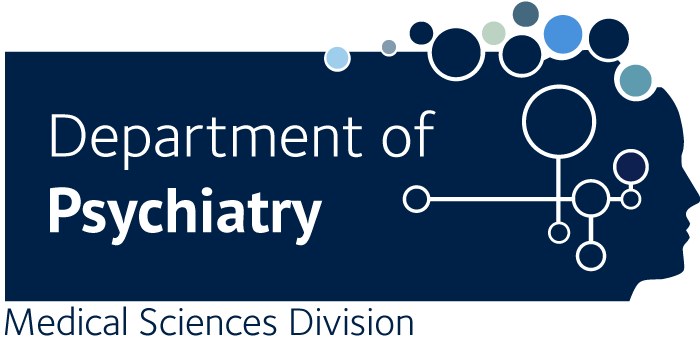Psychiatric disorders and reoffending risk in individuals with community sentences in Sweden: a national cohort study.
Yukhnenko D., Blackwood N., Lichtenstein P., Fazel S.
BACKGROUND: Community sentences are widely used in many countries, often comprising the majority of criminal justice sanctions. Psychiatric disorders are highly prevalent in community-sentenced populations and are thus potential targets for treatment interventions designed to reduce reoffending. We examined the association between psychiatric disorders and reoffending in a national cohort of individuals given community sentences in Sweden, with use of a sibling control design to account for unmeasured familial confounding. METHODS: We did a longitudinal cohort study of 82 415 individuals given community sentences between Nov 1, 1991, and Dec 31, 2013, in Sweden using data from population-based registers. We calculated hazard ratios (HRs) for any reoffending and violent reoffending with Cox regression models. We compared community-sentenced siblings with and without psychiatric disorders to control for potential familial confounding. Additionally, we calculated population attributable fractions to assess the contribution of psychiatric disorders to reoffending behaviours. The primary outcomes of the study were any (general) reoffending and violent reoffending. FINDINGS: Between Nov 1, 1991, and Dec 31, 2013, those given community sentences who were diagnosed with any psychiatric disorder had an increased reoffending risk in men (adjusted HR 1·59, 95% CI 1·56-1·63 for any reoffending; 1·60, 1·54-1·66 for violent reoffending) and women (1·71, 1·61-1·82 for any reoffending; 2·19, 1·88-2·54 for violent reoffending). Risk estimates remained elevated after adjustment for familial confounding. Schizophrenia spectrum disorders, personality disorders, and substance use disorders had stronger associations with violent reoffending than did other psychiatric disorders. Assuming causality, the adjusted population attributable risk of psychiatric disorders on violent reoffending was 8·3% (95% CI 6·6-10·0) in the first 2 years of community follow-up in men and 30·9% (22·7-39·0) in women. INTERPRETATION: Psychiatric disorders were associated with an increased risk of any reoffending and violent reoffending in the community-sentenced population. The magnitude of the association between psychiatric disorders and reoffending varied by individual diagnosis. Substance use disorders had the highest absolute and relative risks. Most of the increased risk for any reoffending in individuals with psychiatric disorders could be attributed to comorbid substance misuse. Given their high prevalence, substance use disorders should be the focus of treatment programmes in community-sentenced populations. FUNDING: Wellcome Trust.

